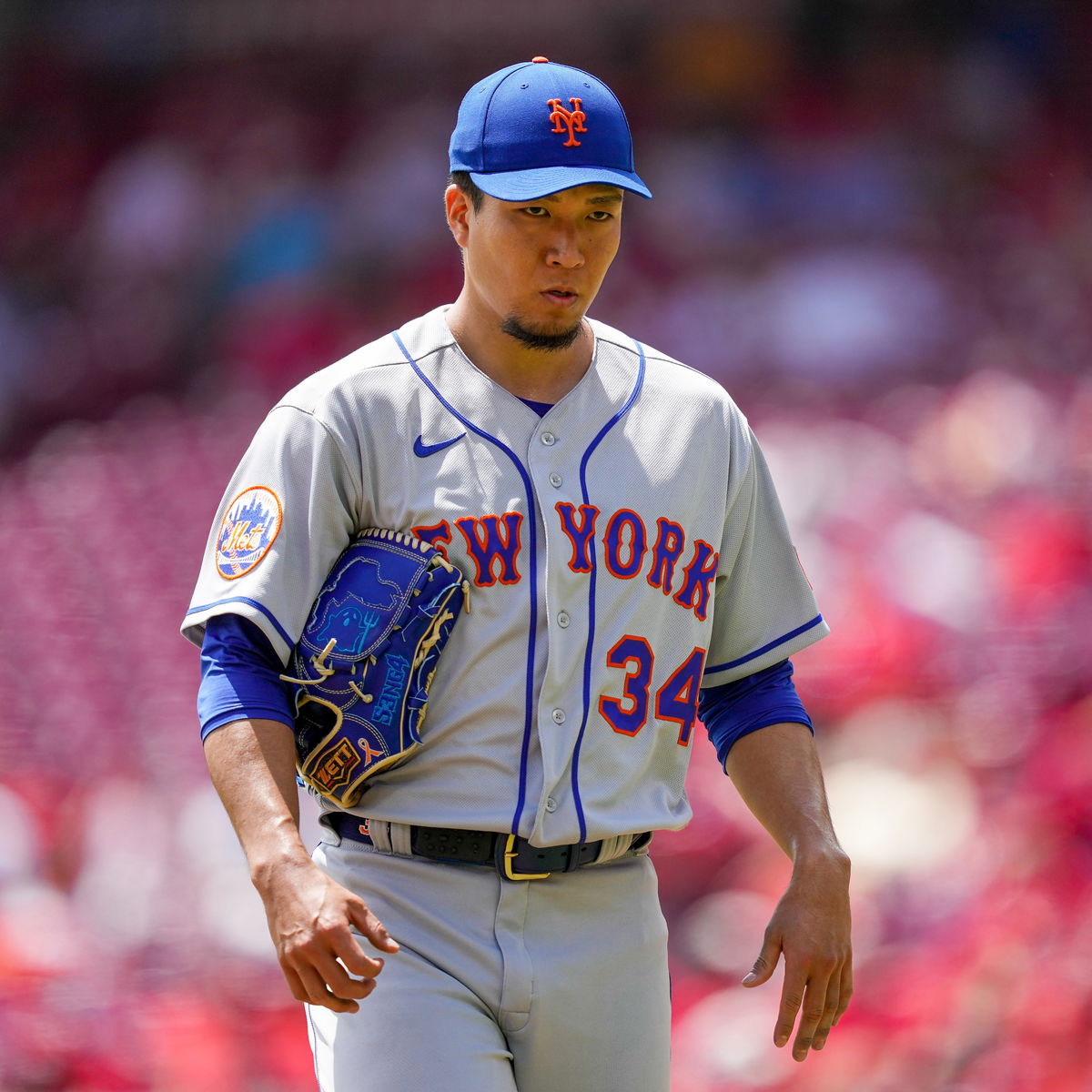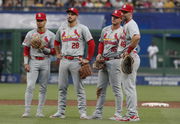

The New York Mets are built to win, but unforeseen setbacks can shake even the strongest foundations. The news of Kodai Senga’s injury is one such blow, leaving a gaping hole in the Mets’ meticulously assembled starting rotation. With their hefty payroll already flirting with luxury tax thresholds, the team faces a crucial question: will they spend big for an external replacement? Or will they gamble on the depth they already possess?
Watch What’s Trending Now!
Hidden within their roster could be a pitcher poised for a breakout moment—the next rising star to shine brightly in the Mets’ constellation. Could this be a chance for a seasoned veteran to reclaim past glory, or for a hungry prospect to seize their shot in the spotlight?
ADVERTISEMENT
The Mets’ Response to Kodai Senga’s Injury: A Calculated Risk
Surprisingly, the Mets have signaled a willingness to enter the season without an external replacement for Senga. According to a report by The Athletic, President of Baseball Operations David Stearns stated Thursday that he “didn’t think the news changed the organization’s thought process.” Despite their substantial financial resources, the team is balking at another big expenditure that would likely trigger additional luxury tax penalties. Instead, they are turning to existing depth options for a solution.
🚨 Injury Alert 🚨@Mets SP Kodai Senga will undergo an MRI to diagnose arm fatigue.
The 31-year-old Senga signed a $75 million, five-year contract with New York in December 2022.
He went 12-7 with a 2.98 ERA in 29 starts last year.
Tune in to #FTLive at 1 PM for a… pic.twitter.com/rEYRxULYij
— Foul Territory (@FoulTerritoryTV) February 22, 2024
The Lead Candidate: With experience stepping in for injured aces like Jacob deGrom and Justin Verlander, Tylor Megill appears to be the frontrunner for the open rotation spot. His 2023 season was underwhelming, but Megill has shown promise in the past. The addition of a splitter to his arsenal and tweaks to his mechanics has impressed Mets officials this spring. Can Megill regain his form and seize the opportunity?
ADVERTISEMENT
The Dark Horse: Journeyman Joey Lucchesi might be seen as a less likely candidate, but his 2023 performance with the Queens was encouraging. While his success fades when facing a lineup for the third time, Lucchesi has experimented with adding a different changeup to his arsenal, which could extend his outings.
Top Stories
Toronto Loyalist Raises Alarm as Shocking Bo Bichette Update Puts Blue Jays’ 2026 Dreams on the Brink

Red Sox’s Alex Bregman Fallout Becomes Evident as Two MLB Rivals Ignite Fierce Bidding War, per Report

$275M Cardinals Star’s MLB Future All but Sealed as U.S. Sportscaster Asks $2.75B Team to Make Bold Move

Mets Become Leading Contender For 30YO Ex-Phillies Star after David Stearns’ Mega Offseason Misses, Per Insider

Kyle Tucker Throws Blue Jays Into Chaos as Ross Atkins Forced Into Harsh Job Cuts

Read More: Just Two Holes Left: Mets Roster Nearly Set Thanks to High-Priced Shopping Spree
ADVERTISEMENT
The Intriguing Prospects: José Butto made an impressive splash in his five starts last September for the Mets, showcasing aggressiveness and a strong strikeout-to-walk ratio. However, his overall Triple-A numbers need improvement. Max Kranick, new to the Mets this season, has an intriguing mix of a four-seam fastball and a tight slider/cutter. Butto’s cutter development and Kranick’s focus on a sinker could turn them into under-the-radar options.
The Verdict?
The New York Mets’ decision to go with internal options to replace Kodai Senga is undeniably risky. With a deep and talented roster, it’s a calculated gamble that their existing resources can step up and fill the void. The spring training competition will be fierce, and it is the perfect stage for Megill, Lucchesi, Butto, or even Kranick to emerge as the Mets’ newest ‘rising sun’.
ADVERTISEMENT
They are playing a high-stakes game. The team’s decision to rely on internal options instead of pursuing a big-name replacement for Senga is a bold move. If it pays off, they’ll be lauded for their belief in their own talent. But if the rotation falters, the pressure will mount.
Read More: Francisco Lindor Embraces 2024 Challenge, Expresses Winning Aim as New York Mets Seek Redemption
The New York Mets’ World Series dreams could hinge on a pitcher hungry to prove themselves. Will their gamble lead to glory, or will the weight of Senga’s absence prove too heavy to bear?
ADVERTISEMENT
ADVERTISEMENT
ADVERTISEMENT
ADVERTISEMENT

